August 07, 2023 | Deborah Kotz

As artificial intelligence systems like ChatGPT find their way into everyday use, physicians will start to see these tools incorporated into their clinical practice to help them make important decisions on diagnosis and treatment of common medical conditions. These tools, called clinical decision support (CDS) algorithms, can be enormously helpful in helping guide health care providers in determining, for example, which antibiotics to prescribe or whether to recommend a risky heart surgery.
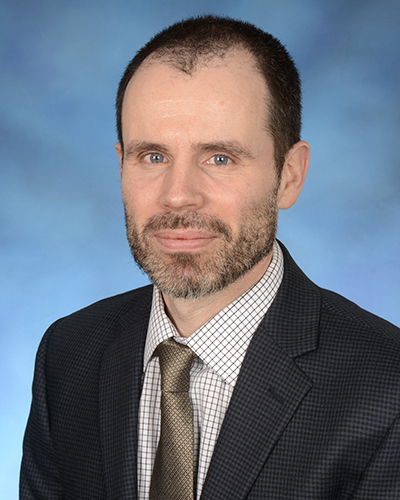
CDS algorithms, which make predictions under conditions of clinical uncertainty, can include everything from regression-derived risk calculators to sophisticated machine learning and artificial intelligence-based systems. They can be used to predict which patients are most likely to go into life-threatening sepsis from an uncontrolled infection or which therapy has the highest probability of preventing sudden death in an individual heart disease patient.
“These new technologies have the potential to significantly impact patient care, but doctors need to first learn how machines think and work before they can incorporate algorithms into their medical practice,” said Daniel Morgan, MD, MS Professor of Epidemiology & Public Health at UMSOM and co-author of the perspective.
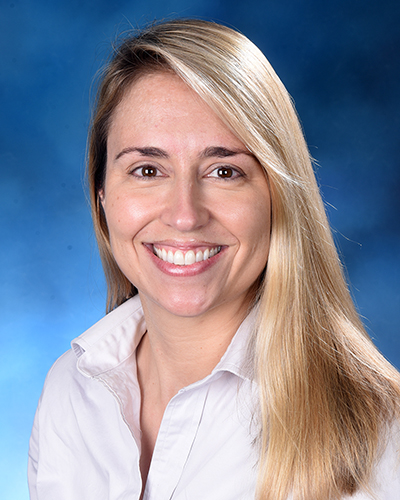
To address this gap, medical education and clinical training need to incorporate explicit coverage of probabilistic reasoning tailored specifically to CDS algorithms. Drs. Morgan, Goodman, and their co-author Adam Rodman, MD, MPH, at Beth Israel Deaconess Medical Center in Boston, proposed the following:
- Improve Probabilistic Skills: Early in medical school, students should learn the fundamental aspects of probability and uncertainty and use visualization techniques to make thinking in terms of probability more intuitive. This training should include interpreting performance measures like sensitivity and specificity to better understand test and algorithm performance.
- Incorporate Algorithmic Output into Decision Making: Physicians should be taught to critically evaluate and use CDS predictions in their clinical decision-making. This training involves understanding the context in which algorithms operate, recognizing limitations, and considering relevant patient factors that algorithms may have missed.
- Practice Interpreting CDS Predictions in Applied Learning: Medical students and physicians can engage in practice-based learning by applying algorithms to individual patients and examining how different inputs affect predictions. They should also learn to communicate with patients about CDS-guided decision making.
The University of Maryland, Baltimore (UMB), University of Maryland, College Park (UMCP) and University of Maryland Medical System (UMMS) recently launched plans for a new Institute for Health Computing (IHC). The UM-IHC will leverage recent advances in artificial intelligence, network medicine, and other computing methods to create a premier learning health care system that evaluates both de-identified and secure digitized medical health data to enhance disease diagnosis, prevention, and treatment. Dr. Goodman is beginning a position at IHC, which will be a site that is dedicated to educating and training health care providers on the latest technologies. The Institute plans to eventually offer a certification in health data science among other formal educational opportunities in data sciences.

About the University of Maryland School of Medicine
Now in its third century, the University of Maryland School of Medicine was chartered in 1807 as the first public medical school in the United States. It continues today as one of the fastest growing, top-tier biomedical research enterprises in the world — with 46 academic departments, centers, institutes, and programs, and a faculty of more than 3,000 physicians, scientists, and allied health professionals, including members of the National Academy of Medicine and the National Academy of Sciences, and a distinguished two-time winner of the Albert E. Lasker Award in Medical Research. With an operating budget of more than $1.3 billion, the School of Medicine works closely in partnership with the University of Maryland Medical Center and Medical System to provide research-intensive, academic, and clinically based care for nearly 2 million patients each year. The School of Medicine has nearly $600 million in extramural funding, with most of its academic departments highly ranked among all medical schools in the nation in research funding. As one of the seven professional schools that make up the University of Maryland, Baltimore campus, the School of Medicine has a total population of nearly 9,000 faculty and staff, including 2,500 students, trainees, residents, and fellows. The combined School of Medicine and Medical System (“University of Maryland Medicine”) has an annual budget of over $6 billion and an economic impact of nearly $20 billion on the state and local community. The School of Medicine, which ranks as the 8th highest among public medical schools in research productivity (according to the Association of American Medical Colleges profile) is an innovator in translational medicine, with 606 active patents and 52 start-up companies. In the latest U.S. News & World Report ranking of the Best Medical Schools, published in 2021, the UM School of Medicine is ranked #9 among the 92 public medical schools in the U.S., and in the top 15 percent (#27) of all 192 public and private U.S. medical schools. The School of Medicine works locally, nationally, and globally, with research and treatment facilities in 36 countries around the world. Visit medschool.umaryland.edu
Contact
Deborah Kotz
Senior Director of Media Relations
Office of Public Affairs & Communications
University of Maryland School of Medicine
Email: DKotz@som.umaryland.edu
o: 410-706-4255
c: 410-804-0054
t: @debkotz2
Related stories
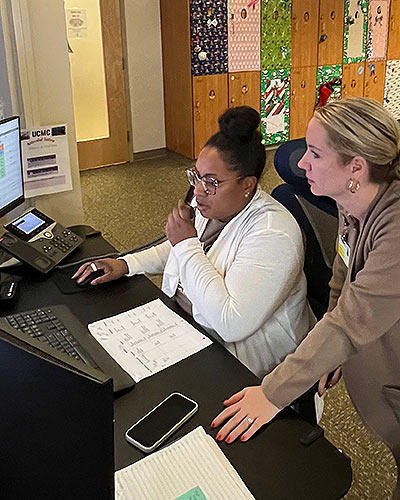
Monday, January 13, 2025
UMMS Rolls Out Virtual 'NEST' to Support Bedside Care Teams in Labor and Delivery Units Across the System
The University of Maryland Medical System (UMMS) has launched NEST (Neonatal Outcomes Impacted by Escalation Safety Telemetry), a groundbreaking remote fetal monitoring center that offers continuous, real-time monitoring of critical elements of labor and delivery across System hospitals. NEST is led by a medical director and team of highly specialized nurses who bring more than 200 years of combined experience in safely delivering thousands of babies.
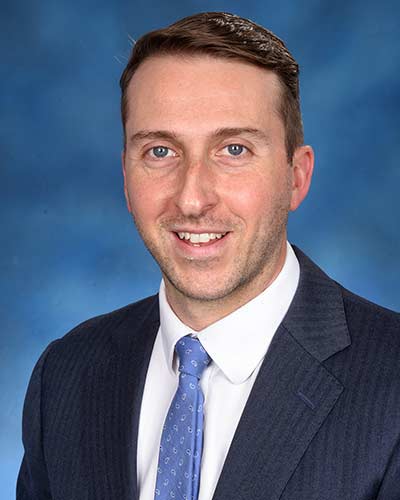
Tuesday, June 06, 2023
Hospital Infection Control Experts Question Validity of Public Reporting Metrics, New Study Finds
Infections spread in hospitals and other healthcare settings cause over 680,000 infections and 72,000 patient deaths in the U.S. every year. Surveillance and reporting of these infections to government entities has become a key part of hospital infection control programs, yet infection control experts question the effectiveness of these measures at protecting public health. That is the finding of a new survey led by researchers at the University of Maryland School of Medicine. Results were published last week in the journal JAMA Network Open.
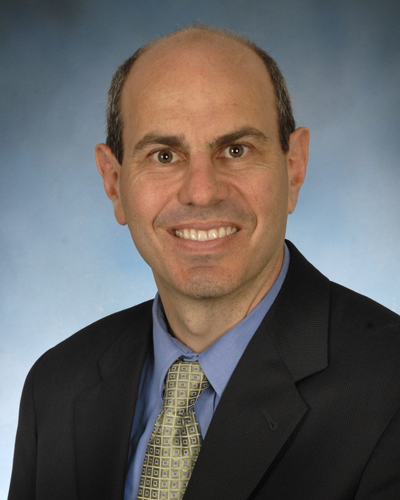
Tuesday, December 22, 2020
Largest Study of Its Kind Identifies Which COVID-19 Patients Face the Greatest Risk of Mortality During Hospitalization
Hospitalized COVID-19 patients have a greater risk of dying if they are men or if they are obese or have complications from diabetes or hypertension, according to a new study conducted by University of Maryland School of Medicine (UMSOM) researchers. In a study published in the journal Clinical Infectious Diseases, the researchers evaluated nearly 67,000 hospitalized COVID-19 patients in 613 hospitals across the country to determine the link between certain common patient characteristics and the risk of dying from COVID-19. Their analysis found that men had a 30 percent higher risk of dying compared to women of the same age and health status. Hospitalized patients who were obese, had hypertension or poorly managed diabetes had a higher risk of dying compared to those who did not have these conditions. Those aged 20 to 39 with these conditions had the biggest difference in their risk of dying compared to their healthier peers.

Wednesday, June 05, 2019
University of Maryland School of Medicine Research Suggests New Computer Analytics May Solve the Hospital Readmission Puzzle
A University of Maryland School of Medicine study suggests that a novel machine learning model developed at the University of Maryland Medical System (UMMS), called the Baltimore score (B score), may help hospitals better predict which discharged patients are likely to be readmitted.
